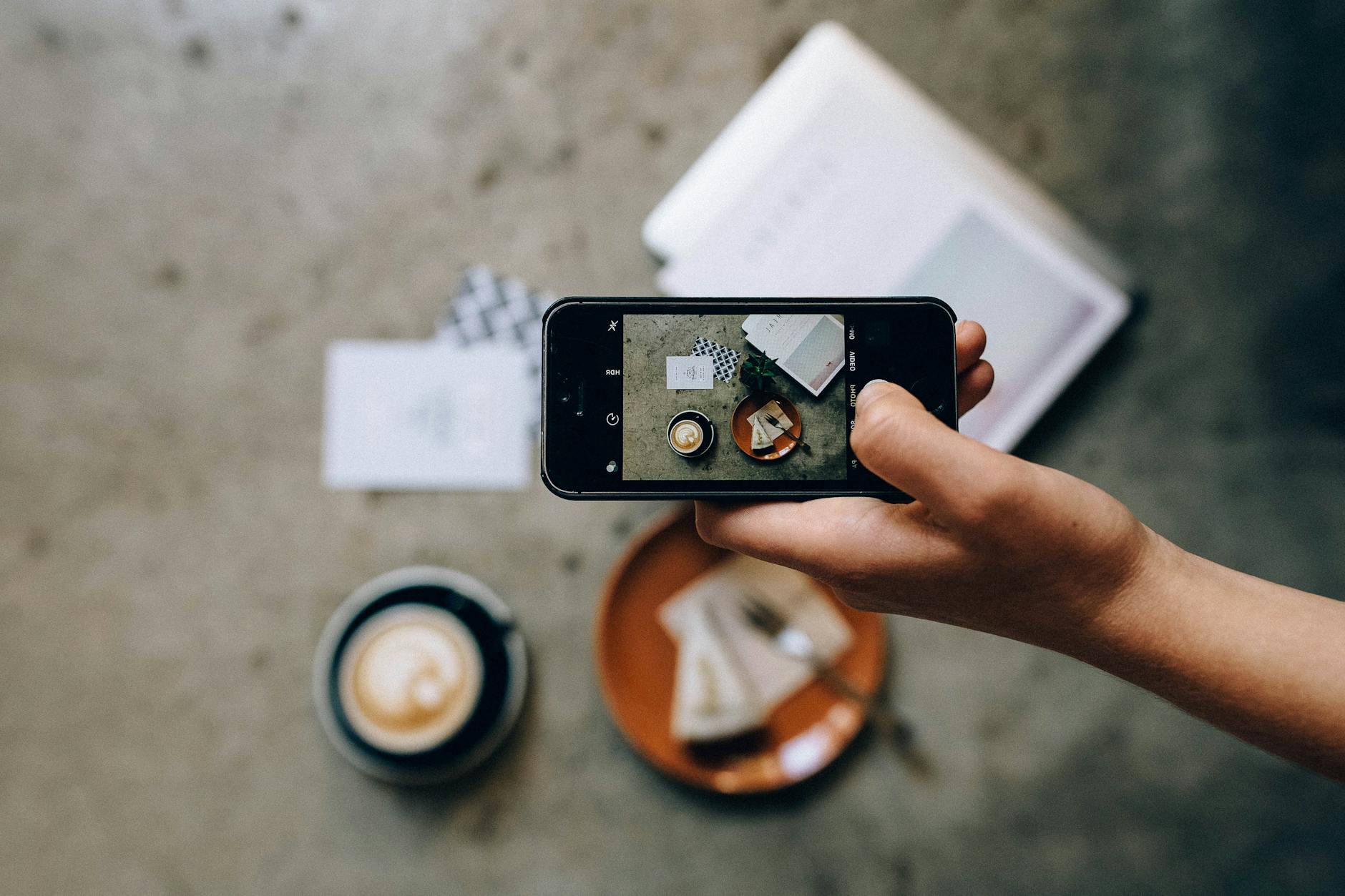What is break duration tracking?
What is break duration tracking?
In today’s fast-paced work environment, keeping an eye on productivity can feel like a juggling act. One area that often gets overlooked is how we manage breaks. Enter break duration tracking—a method that offers insights into how taking breaks can influence overall productivity and well-being. This practice is gaining traction among professionals who are keen to optimize their work habits and enhance their efficiency.
Understanding Break Duration Tracking
Break duration tracking is a systematic approach to monitoring the time you spend away from your tasks. This could include lunch breaks, short pauses, or even longer time-outs to recharge. By keeping tabs on these durations, you can better understand how your break habits affect your work output and mental focus.
The main purpose is to help you recognize patterns in your breaks and their impact on your workflow. Are you taking too few breaks? Or perhaps your breaks are too long? By tracking this data, you can make informed decisions to better align your work habits with peak performance times.
The Importance of Breaks for Productivity
Research supports the idea that taking breaks is essential for maintaining high productivity levels. According to a study by the National Institutes of Health, regular breaks can enhance cognitive functions and reduce mental fatigue.
Think of your brain like a muscle; it needs rest to recover and perform at its best. Short breaks can lead to higher creativity, reduced stress, and improved focus when you return to your tasks. The key takeaway? Taking breaks is not a sign of laziness but rather a smart strategy to boost productivity.

Photo by Nataliya Vaitkevich
How Break Duration Tracking Works
Break duration tracking can be accomplished using various tools and methods. Here’s a breakdown of how it typically works:
- Set Clear Goals: Determine what you want to achieve with break duration tracking. Is it to increase productivity? Reduce stress?
- Choose a Tracking Method: You can use apps, spreadsheets, or even manual logs. Many people find that digital tools offer better convenience and accuracy.
- Record Your Breaks: Log each break, noting the duration and any activities you engaged in during that time.
- Analyze the Data: After a set period, review your logs to see how your breaks correlate with your productivity.
Implementing Break Duration Tracking
Incorporating break duration tracking into your daily routine doesn’t have to be complicated. Here are some practical tips to get you started:
Tools and Apps for Tracking Break Durations
Several tools can help streamline the process of break duration tracking. Here are some popular options:
- Jibble: This app allows you to easily track break times and integrates with timesheets, making it convenient for both individuals and teams (Learn more here).
- Toggl: Known for time tracking, Toggl also enables users to log breaks and analyze productivity trends.
- Timeero: Designed for field employees, this app helps track breaks and working hours efficiently (Explore more about Timeero).
These tools not only help you track breaks but also provide insights that can inform your work strategies.
Setting Effective Break Durations
Determining the ideal break duration can be tricky. However, research indicates that shorter, more frequent breaks can be more beneficial than longer, infrequent ones.
- The Pomodoro Technique: This method involves working for 25 minutes followed by a 5-minute break. After completing four cycles, take a longer break of 15-30 minutes. This structure helps maintain focus while ensuring regular rest.
- Personalize Your Schedule: Experiment with different durations to find what works best for you. Monitor your energy levels and focus to adjust your break times accordingly.
Analyzing Break Duration Data
Once you’ve collected data on your break durations, it’s time to dive into the analysis.
Adjusting Work Habits Based on Data
The data you gather can reveal patterns that inform your work habits. For example, if you notice that taking a 10-minute break every hour significantly enhances your focus, consider making that a regular practice.
Conversely, if you find that lengthy breaks lead to decreased productivity, it might be time to tighten your break schedule or focus on shorter, more frequent pauses.
Case Studies of Successful Break Tracking
Many professionals and businesses have seen success with break duration tracking. For instance, a marketing team that implemented this practice found that their overall output increased by 20% after adjusting their break schedule. Testimonials from team members revealed they felt more focused and less stressed throughout their workdays.
Another example is a small business that adopted break tracking. They found that encouraging employees to take regular breaks led to a noticeable improvement in morale and productivity.
Conclusion
Break duration tracking is a valuable tool for enhancing productivity and maintaining a healthy work-life balance. By understanding and optimizing your break habits, you can create a more effective work routine that fosters creativity and reduces stress.
So why not give it a try? Start tracking your breaks today, and you might just discover the key to unlocking your fullest potential!